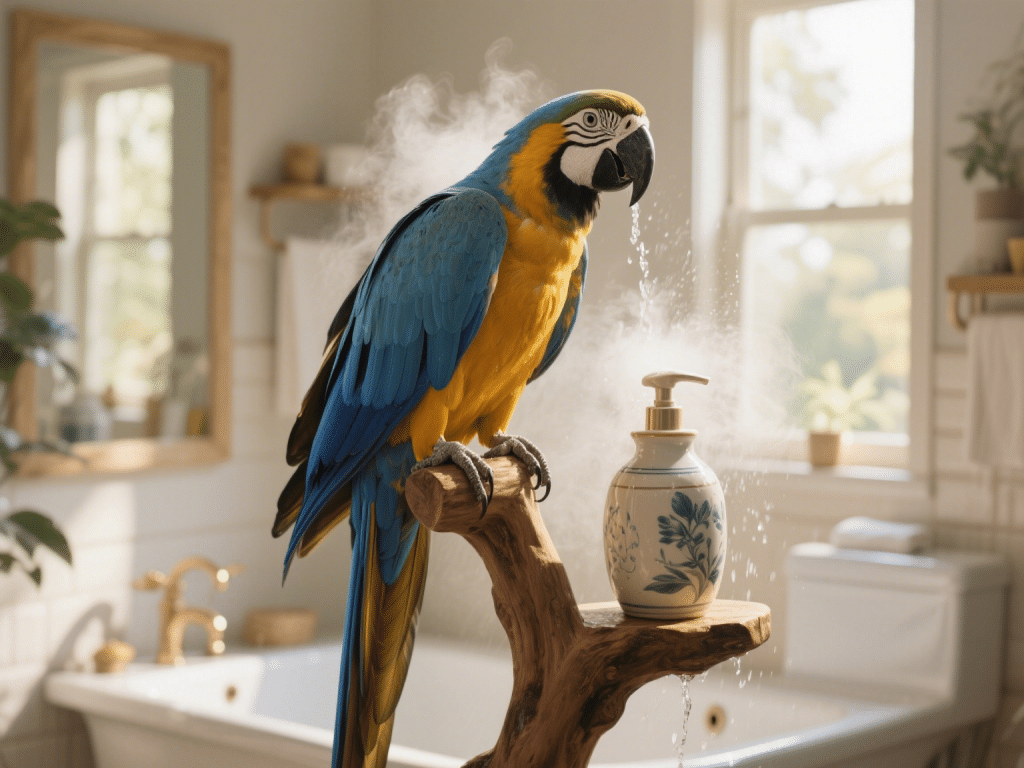
The Art of Avian Grooming: Bathing, Preening, and Feather Care
Proper grooming is essential to your bird’s health, comfort, and appearance. In the wild...
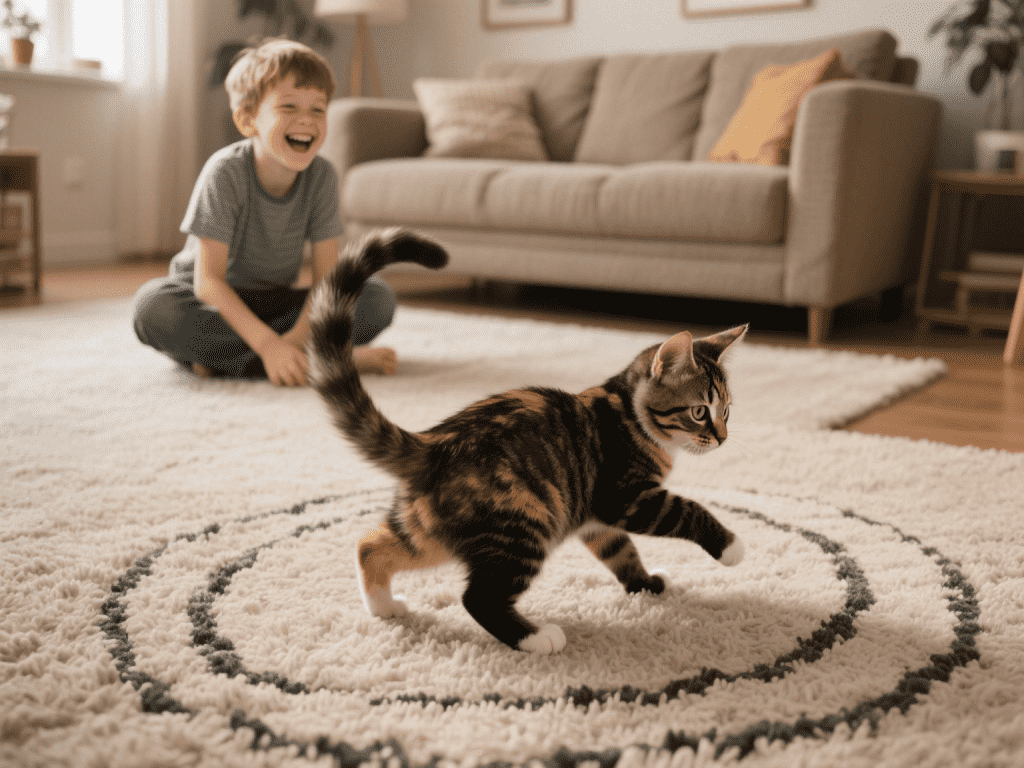
Tail‑chasing kittens may look adorably goofy, but when adult cats obsessively spin in circles after their own tails, the behavior can signal more than mere puppy‑like playfulness. Drawing from my years mentoring cat owners and reviewing behavior case studies, I’ll explain the motivations behind tail‑chasing, how to distinguish harmless antics from compulsive loops, and strategies to channel that energy into healthy outlets.
Exploratory Learning:
Young kittens discover their bodies through play; the tail is a moving target that builds coordination.
Hunting Simulation:
Chasing a wriggling “prey” (the tail) activates predatory circuits, offering mental and physical exercise.
For most cats, this behavior fades by six months as they master more sophisticated play patterns.
Several factors can extend tail‑chasing into adulthood:
Boredom & Under‑Stimulation:
Inactivity can drive cats to create their own “prey,” leading to repeated tail pursuit.
Anxiety & Stress:
Self‑directed behaviors can emerge under emotional duress—tail‑chasing becomes a coping ritual.
Medical Causes:
Flea allergies, dermatitis, or neurological disorders (e.g., feline hyperesthesia syndrome) can prompt tail‑focused attention and agitation.
Harmless Indicators:
Occasional chasing during play
No skin lesions or broken fur
Quick pivot to other activities
Concerning Signs:
Persistent spinning for 10+ minutes daily
Biting or over‑grooming of the tail
Aggression or agitation when interrupted
Vet Alert: Dermatological examination rules out fleas or allergies; neurologic testing may be warranted for suspected hyperesthesia.
Interactive Toys:
Battery‑operated moving toys or wand teasers mimic dynamic prey, drawing focus away from the tail.
Environmental Rotation:
Introduce new climbing structures or puzzle feeders weekly to sustain interest.
Calm Establishment:
Gentle massage at the base of the tail can soothe itching or tension—pair with a pheromone diffuser.
For compulsive tail‑chasing unresponsive to enrichment:
Behavior Modification:
Clicker training to reward alternative behaviors—“sit” or “touch” commands can interrupt spinning loops.
Medication:
Dopamine modulators or anxiolytics under veterinary guidance may be necessary for severe compulsions.
Chasing their own tails can be a harmless quirk or a red flag for deeper issues. By observing context, ruling out medical causes, and enriching their world with varied stimuli, you’ll help your cat transform obsessive spinning into purposeful play. The next time your feline whirls in circles, you’ll know whether to laugh or take action—and ensure their antics stay healthy and fun.

Proper grooming is essential to your bird’s health, comfort, and appearance. In the wild...
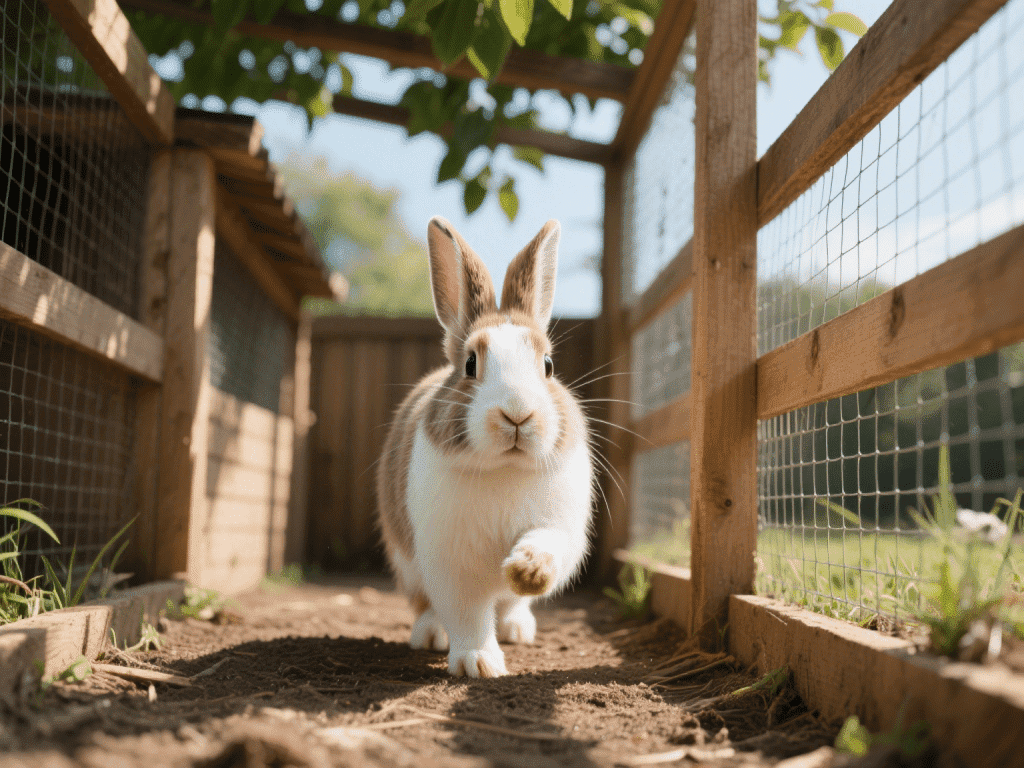
As a seasoned rabbit behaviorist and long‑time DIY enthusiast, I’ve guided countless b...
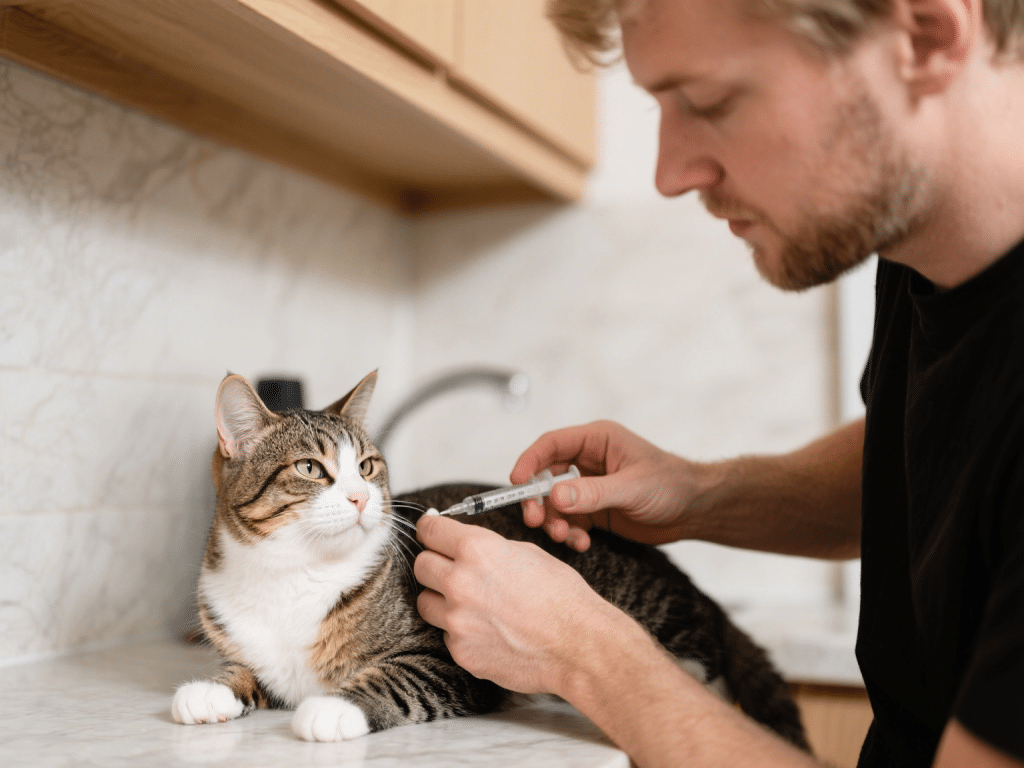
Feline diabetes affects up to 1 in 100 cats, leading to excessive thirst, weight loss, and...

IntroductionEmergencies can occur unexpectedly, and having a dedicated pet first aid kit e...
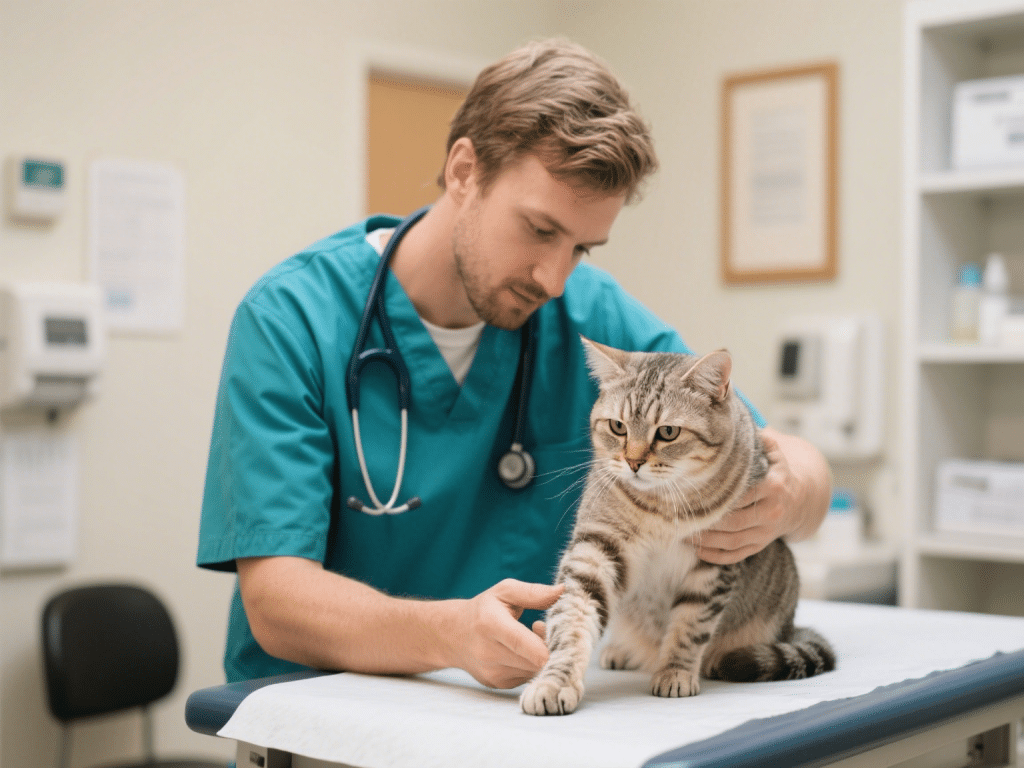
IntroductionArthritis affects up to 90% of cats over 10 years old, causing pain, stiffness...

Your Dog’s Vaccination Schedule: What You Need to KnowProtecting your dog from preventab...
Comments on "Tail‑Chasing Mysteries: Beyond Simple Play in Feline Behavior" :